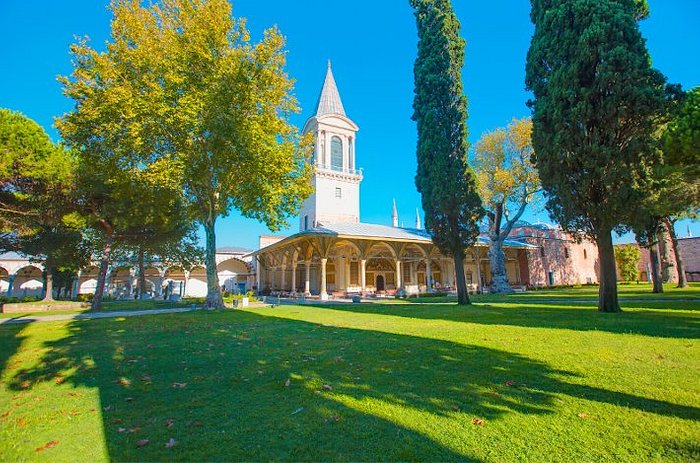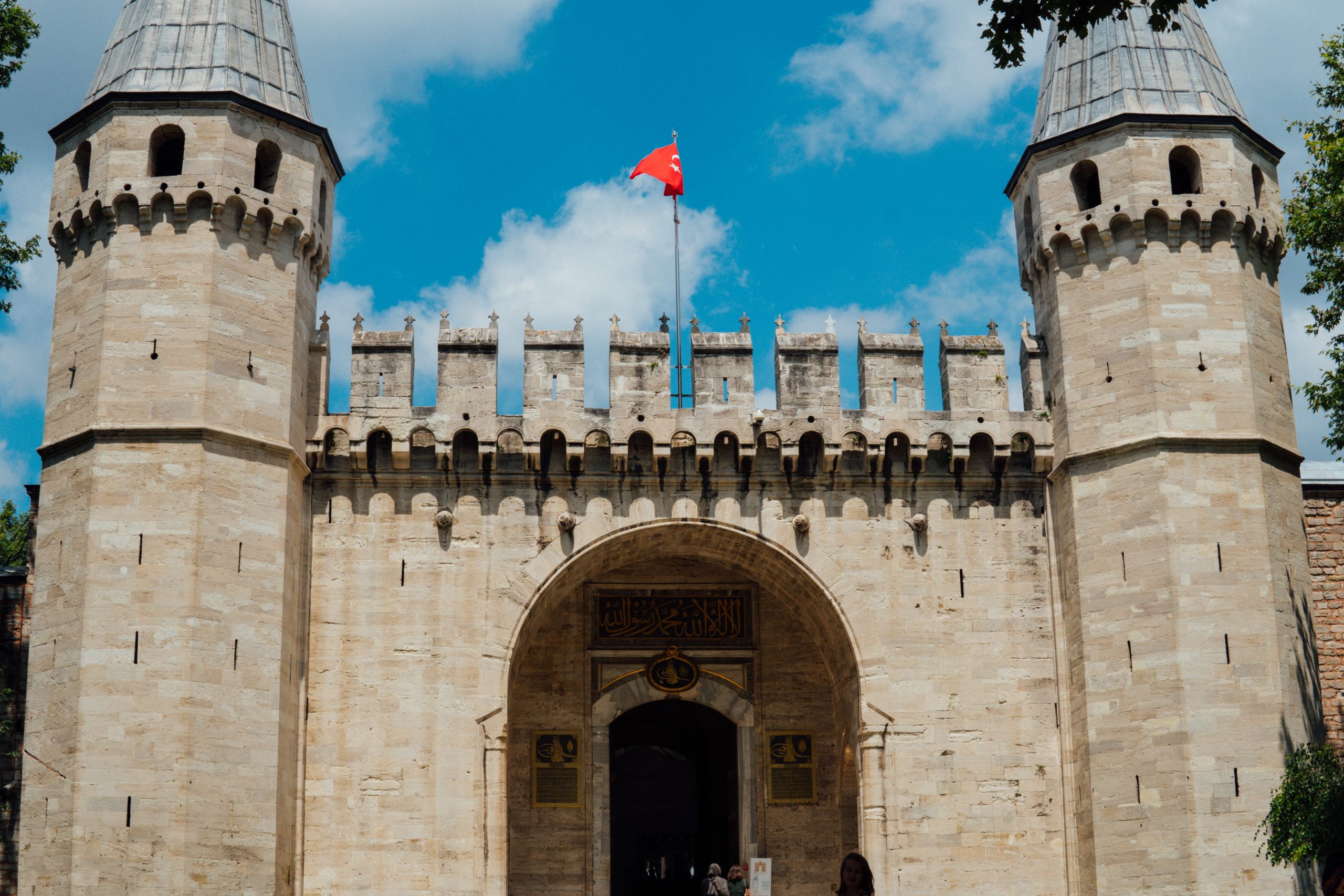This glorious palace is one of the most popular attractions in Istanbul that served as the administrative quarter of the Ottoman rulers. This vast complex features opulent courtyards lined with hand-painted tile work and sumptuously decorated rooms.
The main highlight of Topkapi Palace is the Harem, where Sultan’s concubines used to spend their time. It also has an Imperial Council Chamber, an Imperial Treasury, and Sacred Safekeeping Rooms.
Location: Cankurtaran, 34122 Fatih/Istanbul, Turkey
Entry fee: 72 Turkish Liras, free for children below 8 years
Best Time: Weekdays
Click Here To Book: Topkapi Palace Tickets
"The sun, with all those planets revolving around it and dependent on it, can still ripen a bunch of grapes as if it had nothing else in the universe to do." - Galileo Galilei

OTTOMAN IMPERIAL PALACE
it served as the main residence and administrative headquarters of the Ottoman sultans:
Topkapı Palace (Topkapı Sarayı) and Harem are likely to have more colourful stories than most of the world’s museums put together. Libidinous sultans, ambitious courtiers, beautiful concubines and scheming eunuchs lived and worked here between the 15th and 19th centuries when it was the court of the Ottoman empire. A visit to the palace’s opulent pavilions, jewel-filled Treasury and sprawling Harem gives a fascinating glimpse into their lives.
Imperial Council Chamber
Topkapı is the subject of more colourful stories than most of the world’s museums put together. Libidinous sultans, ambitious courtiers, beautiful concubines and scheming eunuchs lived and worked here between the 15th and 19th centuries when it was the court of the Ottoman empire. A visit to the palace’s opulent pavilions, jewel-filled Treasury and sprawling Harem gives a fascinating glimpse into their lives.
Mehmet the Conqueror built the first stage of the palace shortly after the Conquest in 1453, and lived here until his death in 1481. Subsequent sultans lived in this rarefied environment until the 19th century, when they moved to the ostentatious European-style palaces they built on the shores of the Bosphorus.


